Top 10 Resources from the ASQ Website

Last year brought a host of challenges for screening programs, but many were able to find new ways to connect with families, boost questionnaire completion rates, and reach their 2021 screening goals. The ASQ website was there to help, with hundreds of proven resources for guiding early childhood professionals in their efforts to support healthy child development. But which of these resources were most popular with your fellow ASQ users?
As a positive way to kick off the new year, we’re highlighting some great ASQ resources that you might not know about as you plan your family engagement and screening strategies for the year ahead. Here are the 10 most downloaded and accessed articles, videos, webinars, and handouts from the ASQ website, broken up into three categories: Introductory Resources, Parent Resources, and Implementation Resources.
Introductory Resources
An Introduction to ASQ-3
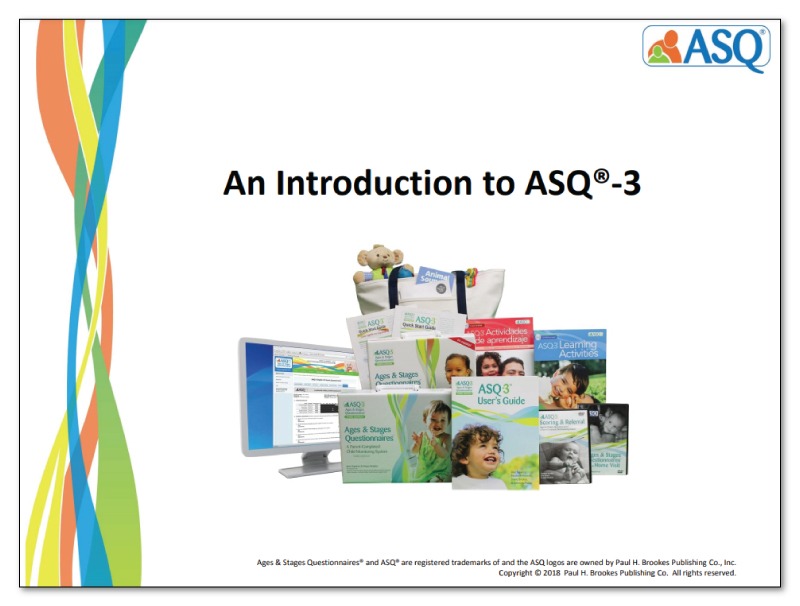 This slide deck presentation offers a clear, concise introduction to ASQ-3, the most widely trusted developmental screener in the world. You’ll learn why early screening is so important, and you’ll get background information on the development of ASQ-3, key features, a quick rundown of the screening process, a sample scored questionnaire, and more.
This slide deck presentation offers a clear, concise introduction to ASQ-3, the most widely trusted developmental screener in the world. You’ll learn why early screening is so important, and you’ll get background information on the development of ASQ-3, key features, a quick rundown of the screening process, a sample scored questionnaire, and more.
Your Top ASQ:SE-2 Questions Answered
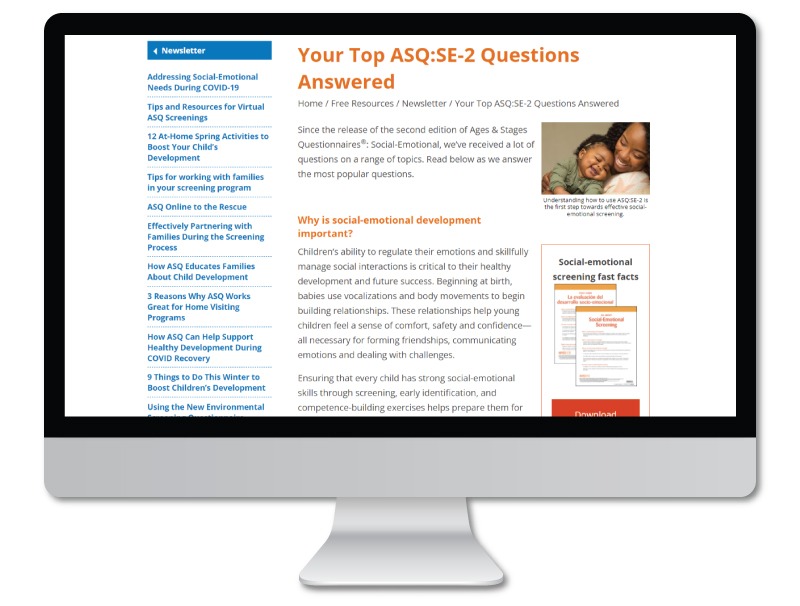 If you have questions about ASQ:SE-2, your first stop should be this Q&A, which answers several commonly asked questions about the highly reliable social-emotional screening system. Topics covered include whether a child’s age should be adjusted for prematurity, why ASQ:SE-2 scoring is different from ASQ-3 scoring, and things to consider when interpreting ASQ:SE-2 results.
If you have questions about ASQ:SE-2, your first stop should be this Q&A, which answers several commonly asked questions about the highly reliable social-emotional screening system. Topics covered include whether a child’s age should be adjusted for prematurity, why ASQ:SE-2 scoring is different from ASQ-3 scoring, and things to consider when interpreting ASQ:SE-2 results.
Screening with ASQ: Easy for Providers, Engaging for Parents
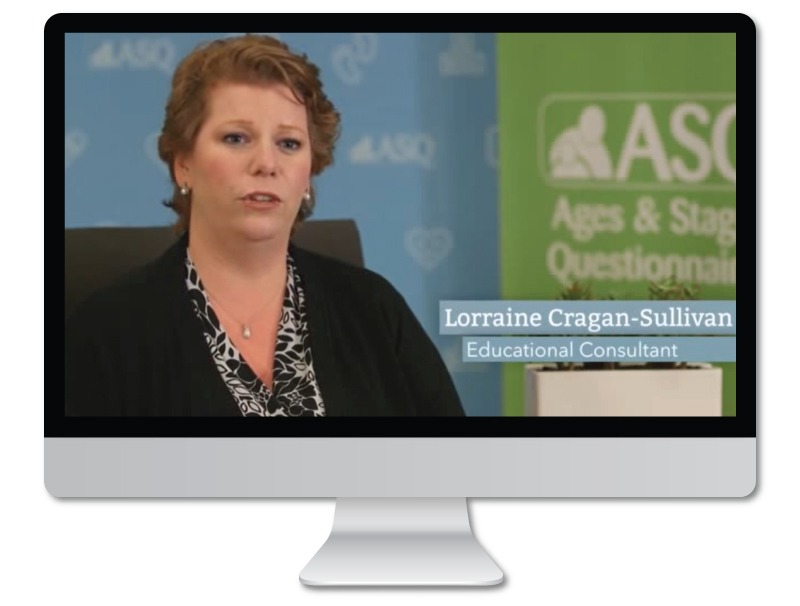 Why are parents and families placed at the center of the ASQ-3 and ASQ:SE-2 screening process? Watch this short video to find out. You’ll hear directly from early childhood professionals and experienced ASQ users about how the ASQ system gets parents and caregivers invested in promoting the long-term healthy development of their child.
Why are parents and families placed at the center of the ASQ-3 and ASQ:SE-2 screening process? Watch this short video to find out. You’ll hear directly from early childhood professionals and experienced ASQ users about how the ASQ system gets parents and caregivers invested in promoting the long-term healthy development of their child.
Parent Resources
ASQ-3 & ASQ:SE-2 Parent Activities
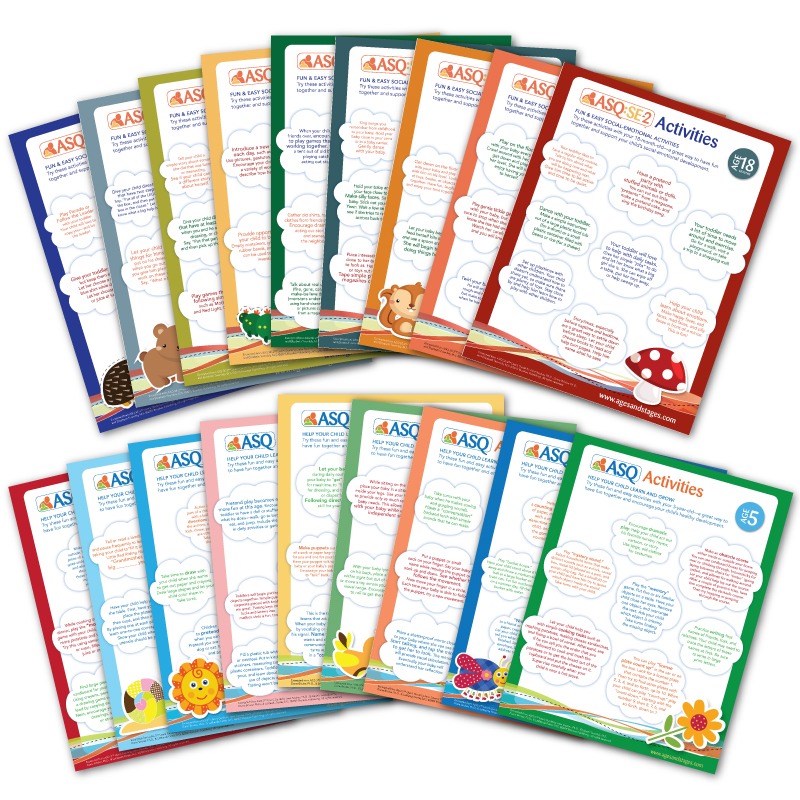 Designed to increase the number of close, high-quality interactions between parents/caregivers and young children (ages 2 months to 5 years), the fun and simple activities featured in our ASQ-3 and ASQ:SE-2 activity sheets will help families support age-appropriate development all year long. The activity sheets are available in both English and Spanish.
Designed to increase the number of close, high-quality interactions between parents/caregivers and young children (ages 2 months to 5 years), the fun and simple activities featured in our ASQ-3 and ASQ:SE-2 activity sheets will help families support age-appropriate development all year long. The activity sheets are available in both English and Spanish.
New ASQ-3 & ASQ:SE-2 Parent Activity Handouts
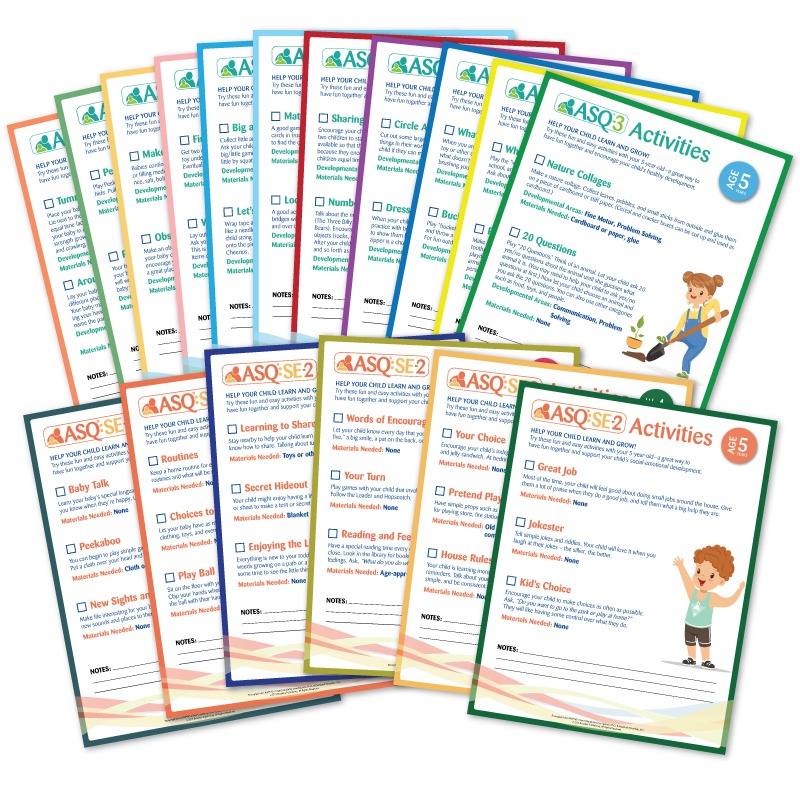 Featuring all-new activities and a section for caregivers to take notes and indicate potential concerns, these updated ASQ-3 and ASQ:SE-2 parent activity sheets (for children ages 2 months to 5 years) are perfect for sharing with families so they can have fun with their young child and help nurture their healthy development at the same time.
Featuring all-new activities and a section for caregivers to take notes and indicate potential concerns, these updated ASQ-3 and ASQ:SE-2 parent activity sheets (for children ages 2 months to 5 years) are perfect for sharing with families so they can have fun with their young child and help nurture their healthy development at the same time.
Developmental Milestones Article
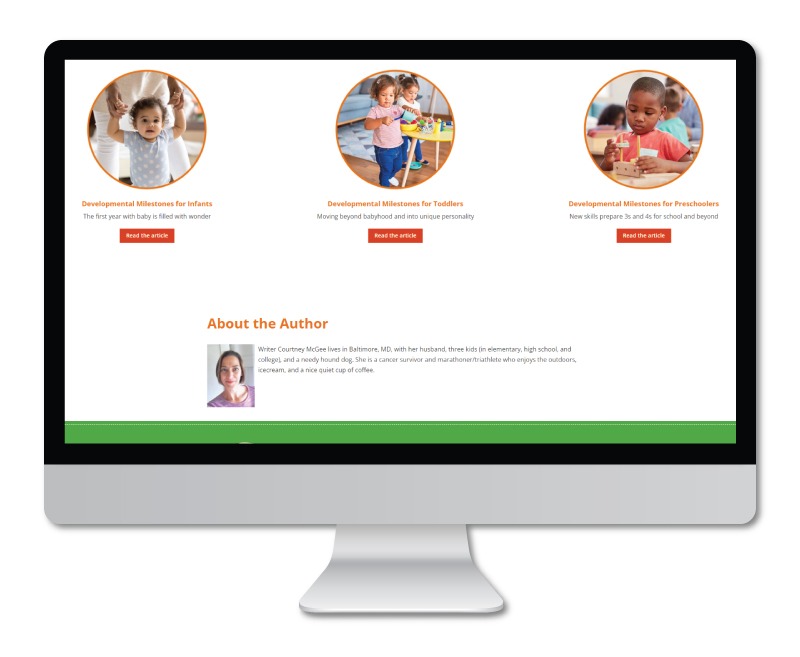 Our three Developmental Milestones articles are a valuable tool for educating parents about what to expect from their infants, toddlers, and preschoolers, and approximately when to expect it. Each article also includes tips and strategies for supporting development between screenings and additional resources for parents and families.
Our three Developmental Milestones articles are a valuable tool for educating parents about what to expect from their infants, toddlers, and preschoolers, and approximately when to expect it. Each article also includes tips and strategies for supporting development between screenings and additional resources for parents and families.
Implementation Resources
Using ASQ-3 and ASQ:SE-2 Together
 Did you know that children who experience developmental delays are at a higher risk of experiencing social-emotional challenges? This short article explains the link between behavior and development, the differences between ASQ-3 and ASQ:SE-2, and the best way to use the two tools together.
Did you know that children who experience developmental delays are at a higher risk of experiencing social-emotional challenges? This short article explains the link between behavior and development, the differences between ASQ-3 and ASQ:SE-2, and the best way to use the two tools together.
ASQ Age Administration Charts
 Help ensure that a child’s ASQ scores accurately reflect their developmental and social-emotional abilities by using these ASQ Age Administration charts to verify you’re using the correct ASQ-3 and ASQ:SE-2 questionnaire for their age. These charts are available in English and Spanish for both tools.
Help ensure that a child’s ASQ scores accurately reflect their developmental and social-emotional abilities by using these ASQ Age Administration charts to verify you’re using the correct ASQ-3 and ASQ:SE-2 questionnaire for their age. These charts are available in English and Spanish for both tools.
Using ASQ in a Virtual Environment
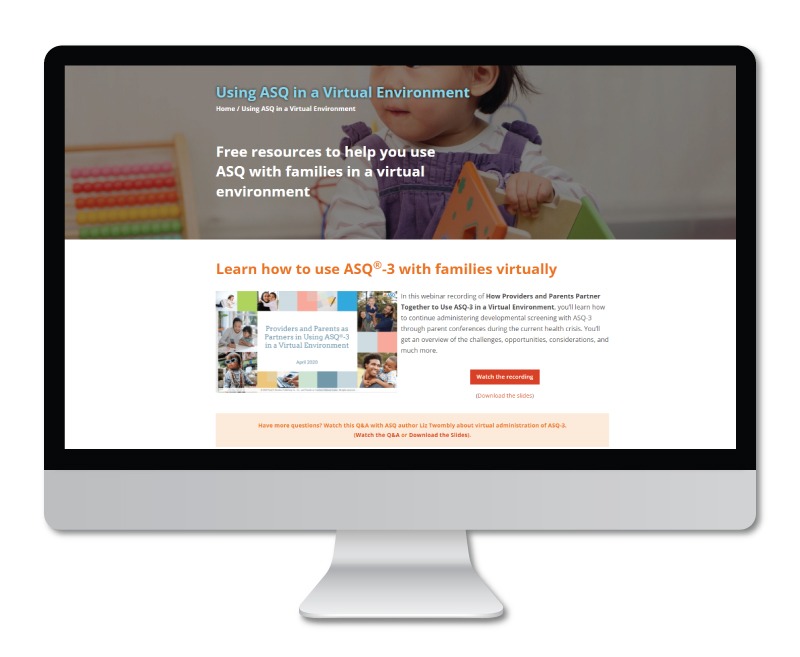 The ability to administer developmental screenings virtually has become essential during the COVID-19 pandemic. In this recorded version of a webinar presented by ASQ co-developer Elizabeth Twombly, you’ll discover how to navigate the challenges of remote ASQ-3 screenings, from helping families access questionnaires to documenting results and follow-up.
The ability to administer developmental screenings virtually has become essential during the COVID-19 pandemic. In this recorded version of a webinar presented by ASQ co-developer Elizabeth Twombly, you’ll discover how to navigate the challenges of remote ASQ-3 screenings, from helping families access questionnaires to documenting results and follow-up.
Kids in the Monitoring Zone: What to Do Next
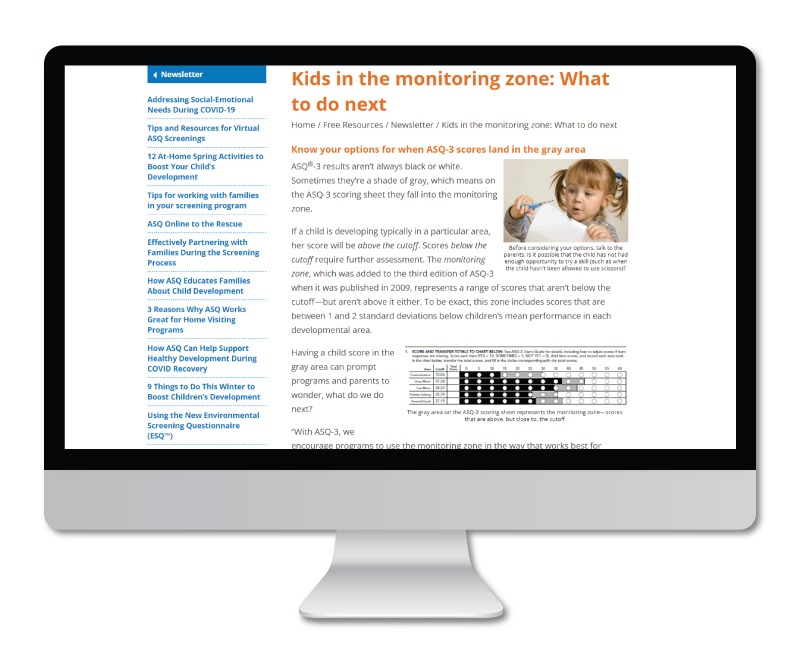 It can be confusing when a child’s ASQ-3 score places them in the monitoring zone—the area above, but close to the cutoff that requires further assessment. Check out this informative article to see your options for next steps, including questions to ask parents and/or caregivers about specific circumstances that may have affected their child’s ASQ-3 score.
It can be confusing when a child’s ASQ-3 score places them in the monitoring zone—the area above, but close to the cutoff that requires further assessment. Check out this informative article to see your options for next steps, including questions to ask parents and/or caregivers about specific circumstances that may have affected their child’s ASQ-3 score.
Be sure to bookmark this roundup as a quick reference guide to tools and resources from the ASQ site that can boost your screening program in the year ahead. Together we can help make 2022 a successful year for healthy child development!


